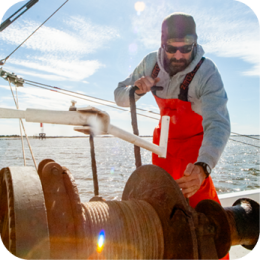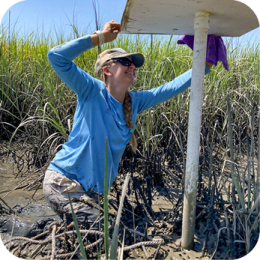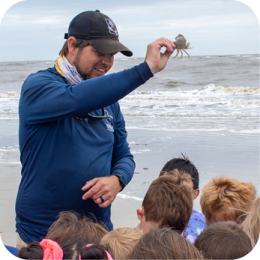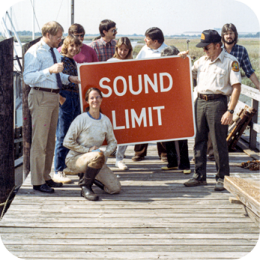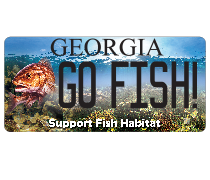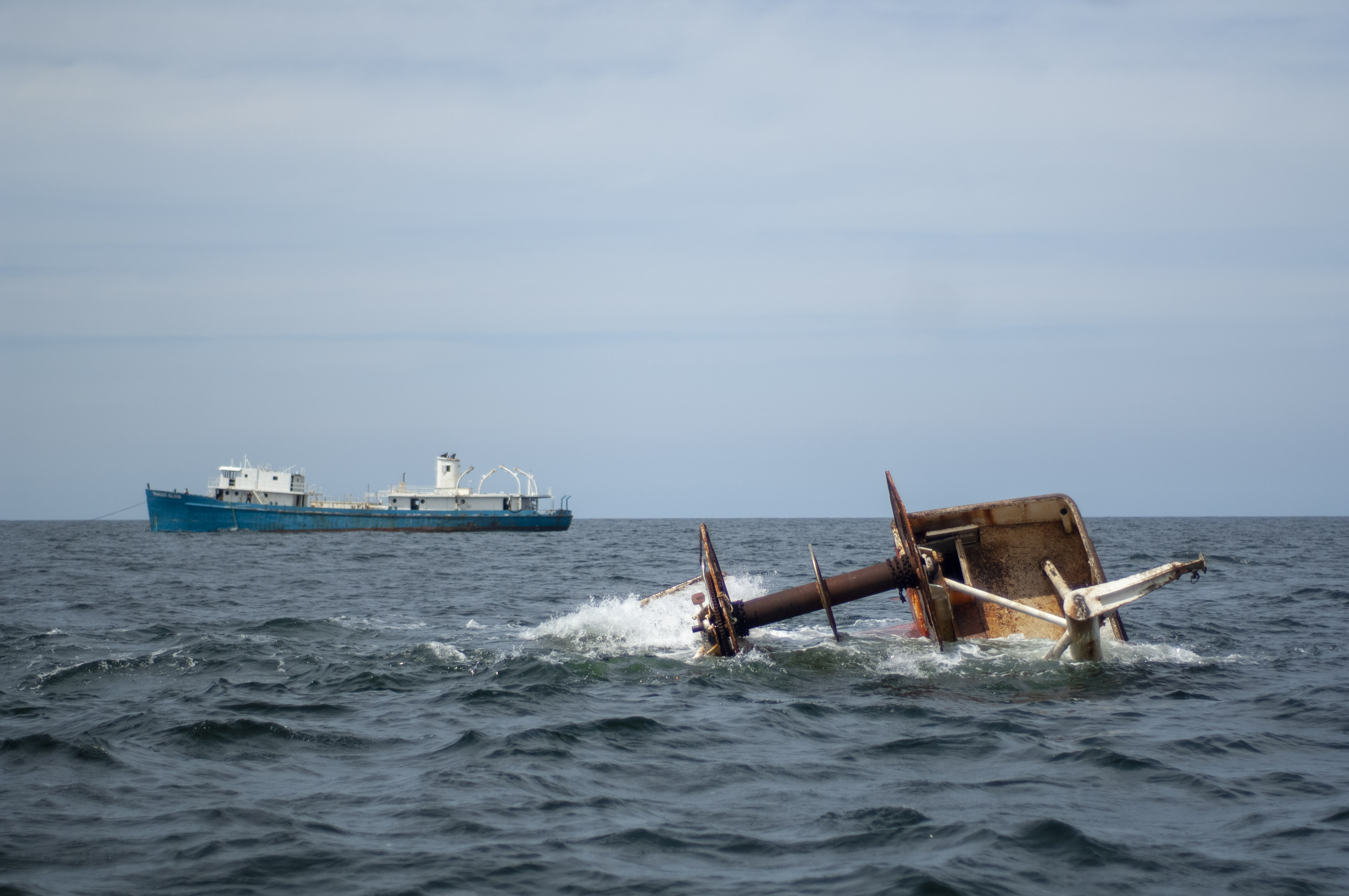
The Georgia Department of Natural Resources (DNR) this week added two vessels to reefs approximately 17 east of Ossabaw Island and 22 miles east of St. Catherines Island.
DNR’s Coastal Resources Division (CRD) facilitated the sinking of a 180-foot former menhaden fishing boat in about 70 feet of water at Artificial Reef JY and a 72-foot steel shrimp boat at Artificial Reef CCA-JL, said Paul Medders, leader of CRD’s Artificial Reef, Habitat Restoration and Boating Access Unit.
“These vessels will provide essential fish habitat off Georgia’s coast and will eventually become populated with corals, sponges and other marine life,” Medders said. “In about two years, these reefs will become prime fishing spots for offshore anglers, as well as a unique place for SCUBA divers to visit.”
The primary funding for these reef projects is the Marine Habitat “Support Fish Habitat” license plate. Additional funds were provided by the Coastal Conservation Association of Georgia, federal Sportfish Restoration funds Georgia fishing license sales.
The shrimp boat at Reef CCA-JL joins New York City subway cars, tugboats other vessels already placed on the seafloor. Other items at Reef CCA-JL include former bridge supports from the previous Talmadge Bridge in Savannah.
Reef JY, named for the National Oceanic and Atmospheric Administration’s conservation researcher Jane Yarn, includes a former NOAA research vessel, which was placed there in August 2007. The new placement at Reef JY also joins existing M-60 battle tanks, the 442-foot liberty ship SS Addie Bagley Daniels, the 99-foot tugboat El Mira and various other vessels.
All materials placed in reefs are meticulously cleaned and prepared prior to their sinking, and placement of reef materials is permitted by the U.S. Army Corps of Engineers to ensure navigation safety.
Artificial reefs are beneficial off Georgia’s coast due to the state’s unique geology. The Georgia Bight extends from Cape Canaveral, Fla., to Cape Hatteras, N.C., and concaves inward from the Atlantic Ocean along Georgia’s coast. The resulting geologic features include a vast, shallow slope that extends about 80 miles offshore to the continental shelf. This gentle slope is largely flat, sandy material with very few natural rock outcroppings that would normally be home to reefs. To provide opportunities for reef growth, CRD has created more than two dozen artificial reef areas, each of which includes multiple sites within reefs. These artificial materials – whether a vessel, tank or concrete rubble – provide living organisms the surface and shelter they need to thrive in Georgia’s marine environment. While the substrate is artificial, the ensuing reef growth is completely natural.
“Without these artificial materials, we would not have significant reef growth in Georgia,” Medders said. “DNR has been placing these materials since the 1970s, and over time, we have built up an impressive array of artificial habitats for scores of species.”
Numerous recreationally and commercially important fish species congregate along reefs in the middle of the continental shelf, including snapper, grouper and black sea bass. Likewise, migratory fish pass through these waters, including Spanish mackerel, king mackerel, cobia and wahoo. Artificial reefs also provide shelter for endangered loggerhead sea turtles, which use the reefs to find refuge from predators like sharks.
Media contact: Paul Medders, unit leader, Artificial Reefs, Habitat Enhancement and Boating Access Unit, Coastal Resources Division, Georgia DNR, 912-242-2075, paul.medders@dnr.ga.gov.
Ship coordinates:
Frank and Maria: 31˚ 43.47’ N, 80˚ 40.71’ W.
Tangier Island: 31˚ 36.58’ N, 80˚ 47.83’ W.

